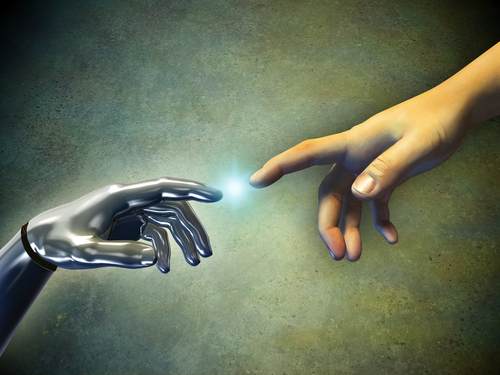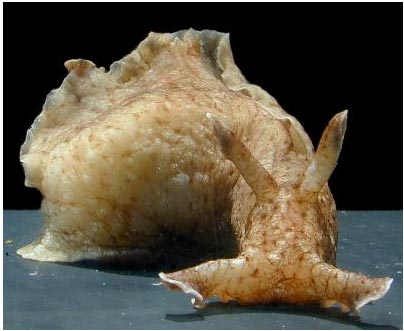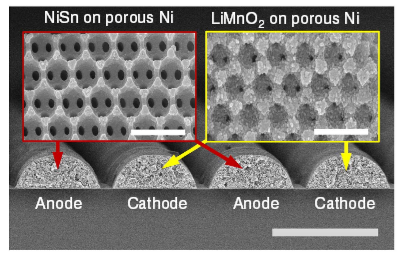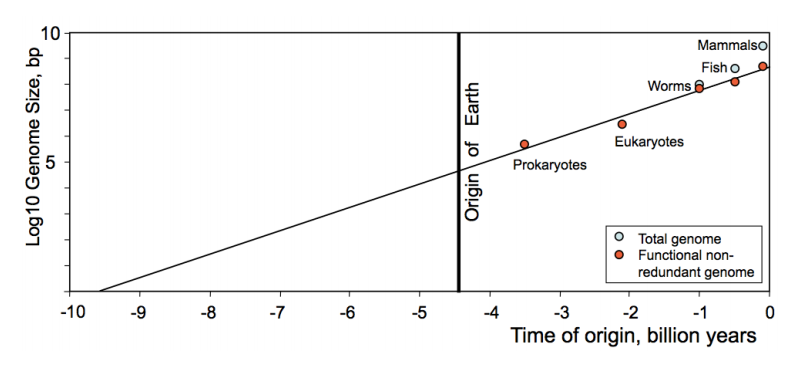Technology played a critical role in the news events of this week beginning with the crudely-fashioned, low tech, pressure-cooker bombs planted at the finish line of the Boston Marathon and the mayhem and death they wrought, followed by the technology of our communication age uncovering images within a couple of days of the alleged bombers. As I write this headline one suspected bomber is dead while another remains on the run.
This was also the week in which the United States Senate ignored the technology of the gun and its impact on the lives of families in Newtown and other places in the country that have been victims of the defense of the Second Amendment. At times it’s hard for me to fathom the mindset of those who cannot see that we live in the 21st century and not back in the 18th century, and that our fight today is focused on so many of the wrong things.
Other than the above, what other technology and science news headlines caught my eye. Here are a few:
- Consequences of Carbon Pollution Today to be Felt for Centuries;
- Neuroscientists Reverse Memory Loss in Sea Snail Brains;
- Ant-Sized Micro-batteries Could Revolutionize Electronics;
- Building Robots with More Human-Like Brains;
- Reversing Moore’s Law to Seek Answers to When Life Started.
Climate Change is Not Just a 21st Century Issue
In this week’s MIT Technology Review an article called Climate Change: The Moral Choices points out that most of us humans have a poor understanding of what scientists are predicting about atmospheric warming induced by rising levels of CO2. That we don’t contemplate the duration of impact caused by our fossil fuel burning behaviours. This may explain why coal-burning power plants are still being built in China. We just don’t seem to get it.
A dose of reality for those who don’t.
If we stop current CO2 output dead in its tracks today the global atmospheric temperature we are experiencing today will persist for another thousand years.
The warmer atmosphere will lead to changes in climate patterns around the planet. It will undoubtedly impact polar and alpine ice caps and glaciers. It will contribute to rising sea levels, increased desertification and biodiversity loss. Hard to contemplate? Even harder to consider that this is the legacy we are choosing to leave for the human generations to come and for the rest of life on Earth. What a bummer!
Not Yet a Cure for Alzheimer’s but Sea Snails May Derive Immediate Benefits
Neuroscientists are experimenting with sea snail nerve cells to find ways to reverse memory loss. In the April 17, 2013 issue of The Journal of Neuroscience, scientists at The University of Texas Health Science Center in Houston report that they have retrained cells to compensate for memory loss. They identified mutations in a protein that cause memory deficits in cells and then developed a molecular process to rescue these cells and restore their normal cognitive function. In other words, using chemicals delivered over a prescribed period turned impaired cells back to near normal.
For Aplysia californica, the sea snail seen in the image below it may not have as much meaning as it does for humans with Alzheimer’s. With an aging population, 115 million of us may be living with the disease by 2050.
Ant-Sized Batteries May Mean a New Age for Electronics
When I read this article I had visions of ants listening to teeny tiny iPods but these micro-batteries are indeed a big deal. Scientists at the University of Illinois in Urbana-Champaign are on to something. In their report in April 16 issue of Nature Communications, they describe the process by which they developed lithium ion micro-batteries that exceed the best performance of super-capacitors. The batteries are an assembly of microscopic polythene balls coated with nickel on a glass substrate. The battery anode is nickel-tin. The cathode is lithium-magnesium-oxide. Connectors are made of gold-chromium.
Output from these little guys exceeds any other micr0-battery by a factor of 2,000. They are rechargeable and charge at a rate 1,000 times faster than any competitor. Where can they find uses? Think sensors, RF devices, medical implants, communications, computing devices, the list is almost endless.
“If I Only Had a Human Brain” Said the Robot
The Defense Advanced Research Projects Agency in the United States, known as DARPA, is seeking robot minds that mimic human brains. Ongoing work at the University of California in Los Angeles is being funded in a program called “physical intelligence” with the goal to make robots autonomous. The technology being developed uses nano-scale interconnections that perform similarly to the mesh network of neurons in our brain. These synthetic synapses allow for information processing at levels far exceeding current computers. The ultimate goal is self-learning systems that will be capable of making decisions on their own – coming to a battlefield near you in the near future courtesy of the Pentagon!
Reversing Moore’s Law to Discover the Origin of Life
Not familiar with Moore’s Law? It was first proposed by Gordon Moore, an Intel co-founder, who predicted the evolution of computer circuitry back in 1965 predicting the rapid development from transistors to micro-circuitry and projecting a doubling of capacity and a halving of cost approximately every 18 months. He more or less was spot on and his predictions continue to hold up although some believe we are reaching the limits of Moore’s Law with silicon-based technology.
So what does Moore’s Law have to do with life’s origins? A new study by a geneticist and theoretical biologist at the National Institutes of Health postulates that life has followed a similar path as Moore’s Law, increasing in complexity through time at an accelerating rate. The authors of the study looked at the genetic complexity of life today and of life from earlier times and extrapolated backward. They concluded that life began before the Earth was even formed.
How long ago? Based on their calculations — 9.7 billion years ago. That means life took approximately 5 billion years to transition from basic nucleotides to bacteria, the first evidence of the life found in the fossil record here on Earth. The authors’ conclusions support panspermia, the theory that life here on Earth originated from other places in the Universe.
A Postscript
I hope you found this week’s headlines interesting. Readers’ comments and questions always lengthen the conversation and are very much appreciated. So please don’t be shy, and if you have an idea for a blog posting in this space, and a desire to write about it, just let me know. Once again, thanks for dropping by.
– Len Rosen




















